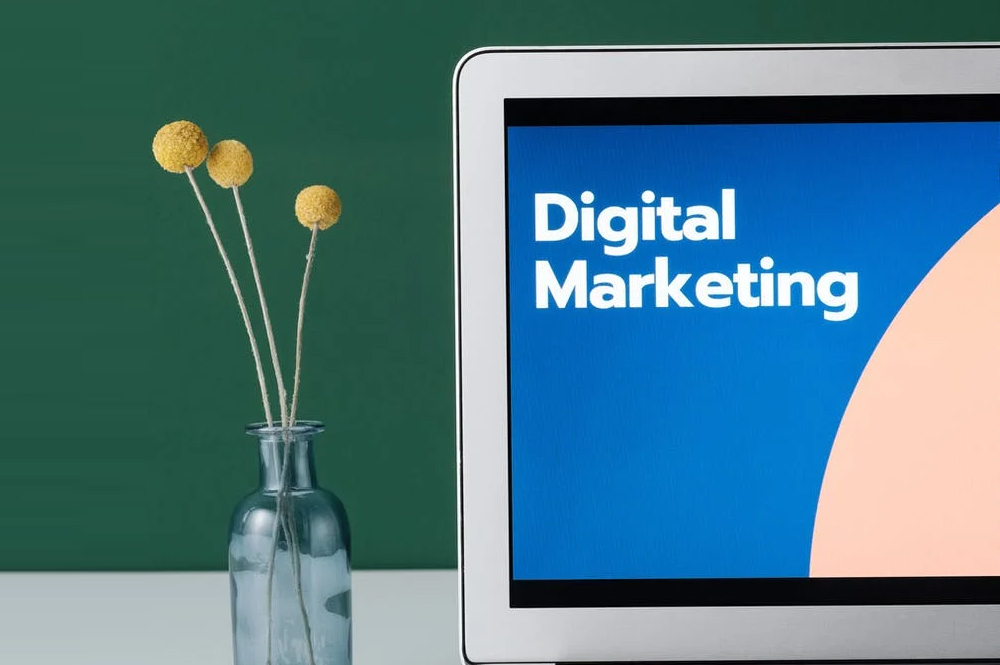
Marketing automation refers to software platforms and technologies that help automate repetitive marketing tasks such as email, social media and other website actions.
Chatbots are tools on the other side of the computer that can answer customer questions or comments. It is mainly used for customer participation, solving customer problems, answering common questions and closing business. If everything is set up correctly, it will be difficult to determine whether the customer is talking to a bot or a human.
This seems to be more effective than email marketing because if you send 1000 messages at least 800 of them will open up customers, which is not imagined with email marketing.
Starbucks makes full use of chatbots to help customers place orders. It is available in the Starbucks app and helps customers send voice commands or text as well as provide information about orders.
People find it easier to speak than typing, and marketers do a better job of helping searchers find what they're looking for because they understand the details of voice search. Improving voice search requires newer techniques than traditional SEO, and understanding them can lead to a better customer experience.
People are using voice search on their cellphones, be it Amazon's Echo, Siri for iPhone, Google Voice Search for Android or Microsoft's Cortana for PC. According to Hitwise, most searches are conducted on mobile devices and people prefer voice search over traditional SEO.
According to ComScore, Google has announced that approximately 20% of its queries are made by voice, a figure that is expected to increase to 50% by 2025. Google now ranks pages with voice-based content.
Podcasts pre-date the Internet and were first identified as 'audio blogging' in the 1980's. People were reporting their experiences or any other subject, but since there was no way to distribute it, they stayed with the owner. Investing more time and resources into podcast production is not a bad idea.
Live Video has evolved into an efficient digital marketing technique. According to research, the CAGR of live videos is 18%. This is a great way to connect with customers. Video quality and content are other important factors. Solomon Timothy's film "Unstoppable" has been used extensively for digital marketing; It offers free t-shirts to people who visit websites and click on links. This "unstoppable" video is inspiring and effective for internet marketing. Another interesting example of video marketing is Dignity Healthy, which has shown human kindness by taking human help to save ducks.
The second component is a live video that is broadcast simultaneously on multiple channels, platforms or services. This is a relatively recent practice that is gaining traction among marketers. Video marketing that focuses on the emotional aspects is always successful in attracting customers to their website.
The focus is on effective marketing rather than the intended customer. It starts with finding people who can impress potential customers and then develops a marketing campaign around them. Influencer marketing is different from the support of celebrities because influencers are selective. To mislead their followers, they deal with companies that match their strengths and personalities. Influencer marketing has many benefits, including the ability to develop trust, brand awareness, reach the target customers efficiently, and establish strong relationships with influential people.
The Internet of Things will allow marketers to stay one step ahead of their customers. It will help by collecting data, analyzing information and estimating customer behavior and preferences. IoT creates a customer map that is rich in information, habits, and preferences that can be used to help with marketing strategies. Wearables are an example of this. Google, Samsung and others have made significant investments. These gadgets collect data and information about the user, which is then pre-processed to extract the relevant information. These data include fitness and health needs. Based on this knowledge, sellers will be able to meet the needs of customers.
It basically uses data, statistical algorithms and machine learning methods to predict future trends based on previous data. The main goal is to provide better service in the future by analyzing past data. This helps in checking the client's reaction to the marketing activity. It tries to find subtle patterns in the data and then provides personalized campaigns based on those patterns.